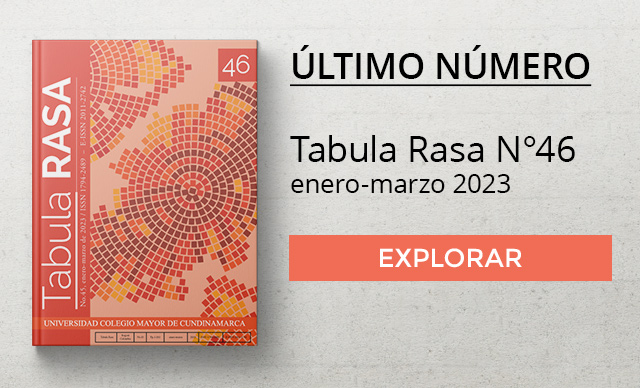https://doi.org/10.25058/20112742.n31.09
Ted Geier
University of California , Davis, USA
tegeier@ucdavis.edu
Abstract:
This article proposes Tenniel’s indexical realism–biological fidelity in graphic presentation of the nonhuman–as a critical revision of the operative anthropocentrism in Carroll’s Alice stories. Both Alice in Wonderland and Through the Looking Glass are considered, and Carroll’s general reputation as an early anti-vivisection and animal rights advocate is challenged on the grounds of his welfarist carnivore position. Tenniel’s images accord with Carroll’s text on multiple key ethical points, but they also articulate a further thinking about the nonhuman and the particularly limited potential for any creature or politics “imagined” by the human. Tenniel’s other work in the period is also evaluated, as it demonstrates his racist application of animalistic traits in his political cartoon work for Punch Magazine in the nineteenth century and his other divergences from the natural historical graphic techniques in the key Alice images. Tenniel’s work is compared to the visual styles of other caricaturists and of taxidermists in the period’s vibrant animal collecting and display traditions. But ultimately, the article suggests a clear thinking about human expression vs. biological fidelity at the intersection of image and text that also reflects on theories of animality and anthropocentrism. Tenniel’s anti-human politics emerge from the context of his realist natural history techniques within the text in a challenging reflexive commentary. This uncanny biologism results in the haunting fantasy of the real, in such examples, as it unsettles both the presumption of rational classification and of ethical propriety, as well as the uncritical naturalness of a child protagonist. Alice is the “bad guy.”
Keywords:Alice in Wonderland, anthropomorphism, taxonomy, representation, politics.







